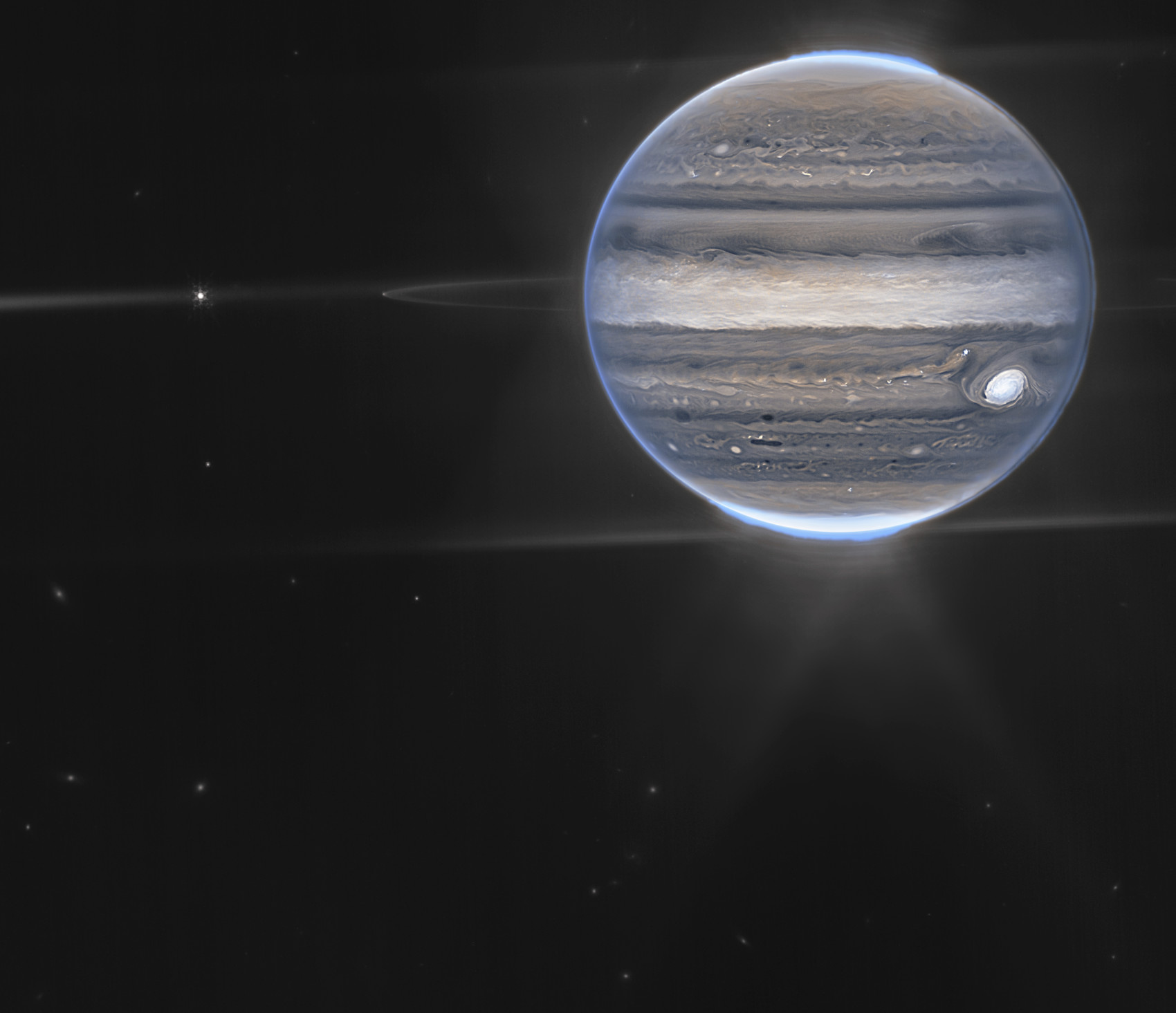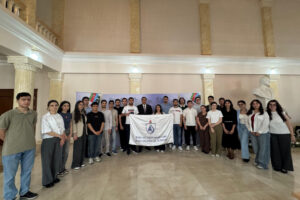Tokyo, 8 December, /AJMEDIA/
This year marked the end of a decades-long wait for astronomers. The James Webb Space Telescope is finally in action.
The telescope, which launched in December 2021, released its first science data in July (SN: 8/13/22, p. 30) and immediately began surpassing astronomers’ expectations.
“We’ve realized that James Webb is 10 times more sensitive than we predicted” for some kinds of observations, says astronomer Sasha Hinkley of the University of Exeter in England. His team released in September the telescope’s first direct image of an exoplanet (SN: 9/24/22, p. 6). He credits “the people who worked so hard to get this right, to launch something the size of a tennis court into space on a rocket and get this sensitive machinery to work perfectly. And I feel incredibly lucky to be the beneficiary of this.”
The telescope, also known as JWST, was designed to see further back into the history of the cosmos than ever before (SN: 10/9/21 & 10/23/21, p. 26). It’s bigger and more sensitive than its predecessor, the Hubble Space Telescope. And because it looks in much longer wavelengths of light, JWST can observe distant and veiled objects that were previously hidden.
JWST spent its first several months collecting “early-release” science data, observations that test the different ways the telescope can see. “It is a very, very new instrument,” says Lamiya Mowla, an astronomer at the University of Toronto. “It will take some time before we can characterize all the different observation modes of all four instruments that are on board.”
That need for testing plus the excitement has led to some confusion for astronomers in these heady early days. Data from the telescope had been in such high demand that the operators hadn’t yet calibrated all the detectors before releasing data. The JWST team is providing calibration information so researchers can properly analyze the data. “We knew calibration issues were going to happen,” Mowla says.
The raw numbers that scientists have pulled out of some of the initial images may end up being revised slightly. But the pictures themselves are real and reliable, even though it takes some artistry to translate the telescope’s infrared data into colorful visible light (SN: 3/17/18, p. 4).
The stunning photos that follow are a few of the early greatest hits from the shiny new observatory.









































